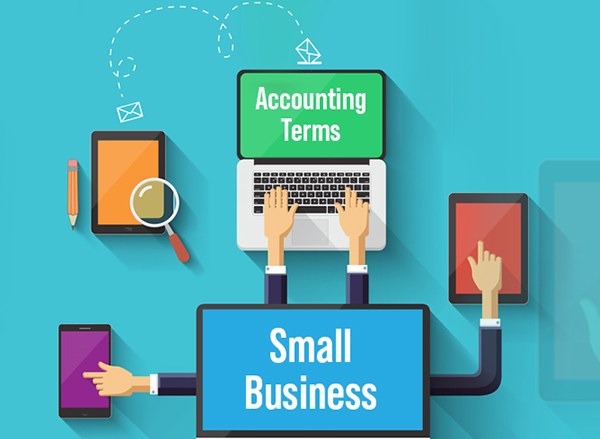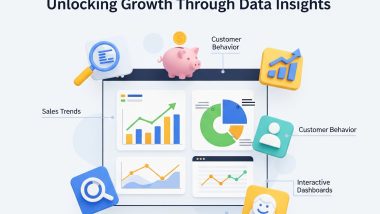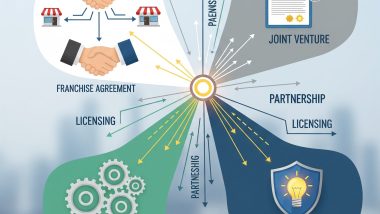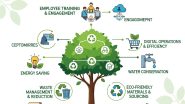How often do you end a call with your accountant feeling more confused than you were before?
If you response is ’almost every time’ have no fear!We’ve compiled a list of 5 most crucial accounting terms for small business, along with the technique to understand them with regards to your business 1. Cash Flow
Cash Flow = Money Flowing In & Out Of Your Business
Most of the small businesses fail not because of the lack of sales or profit, but because of lack of cash in their business.Cash is not the same thing as revenue. Sales occur when a business sells a product or renders a service, but the cash comes in the business when the company collects payment from the customer.Being cash flow positive
i.e. having excess cash in the business means:
- Business is better equipped to keep up with the debt
- Business can cover unforeseen expenses
- Business can invest in growth opportunities
- How quickly customers payback the company
’ the faster they pay, the faster cash comes in the business - How slowly the company pays back to its vendors
’ the slowly these bills are paid, the more cash is retained in the business. But you have the credibility to build too, hence this should be done within a 45-60 day cycle depending on your terms with the vendor - The inventory size and how many times it rotates in a year
’ the larger the inventory, the more cash needs to be invested in the inventory.
Variable & fixed expenses are very simple but extremely important accounting terms for small businesses.Variable expenses can increase or decrease depending upon the company’s production output in a month i.e. they rise as production increases and reduces as production decreases.Fixed expenses remain the same regardless of the production output in a month (e.g. office rent, employee salary, etc.)
- Small businesses should try to keep more expenses as variable and only a few expenses as fixed, to make higher profits.
- Unused resources like employees not being able to produce at their maximum potential because the pace of the business alternates, hence such resources can become a real drag on the bottom line.
- Businesses should try to keep such expenses as a variable by using seasonal workers, freelancers or other third-party resources, only paying them when they work.
Many business owners feel that depreciation is a complicated accounting term, which is a completely wrong perception.Depreciation is the decrease in the value of an asset over time due to its wear and tear, new technology or market conditions.
- Common assets that a company can calculate depreciation for includes tangible assets like machinery, vehicles, furniture, buildings etc. and intangible assets like patents, copyrights, computer software, etc.
- For example: If a company purchases a vehicle costing Rs.500,000 and the expected usage of the vehicle is 10 years, the business might calculate depreciation on the asset at Rs.50,000 each year for a period of 10 years.
4. Cost of Goods Sold (COGS)
COGS or Cost of goods sold refers to the expenses that are directly related to the creation of the product or service of the business.In simple language, the accounting term COGS refers to the direct costs of producing the goods sold by a company. COGS includes cost of the material & labour directly used to create the goods or services, and excludes indirect expenses such as distribution costs and sales force costs.How COGS affects Business Income:Accounting term Cost of goods sold is a business expense, just as cost of doing business. As COGS increases, the company’s profit decreases, resulting in reduction in the tax liability. But a business owner should keep in mind that increasing COGS means that the business doesn’t make much money overall, hence COGS should be managed efficiently to increase profits.5. Gross Profit Vs Net Profit
Profit is the amount of money your business makes. The difference between gross and net profit is that expenses when subtracted form gross profit gives us the net profit earned.
- Gross profit is what remains after deducting cost of goods sold from your business’s revenue. Gross profit is your business’s profit before subtracting business expenses.
- Net profit is what remains after subtracting all operating, interest, and tax expenses, in addition to deducting your COGS from revenue.
















